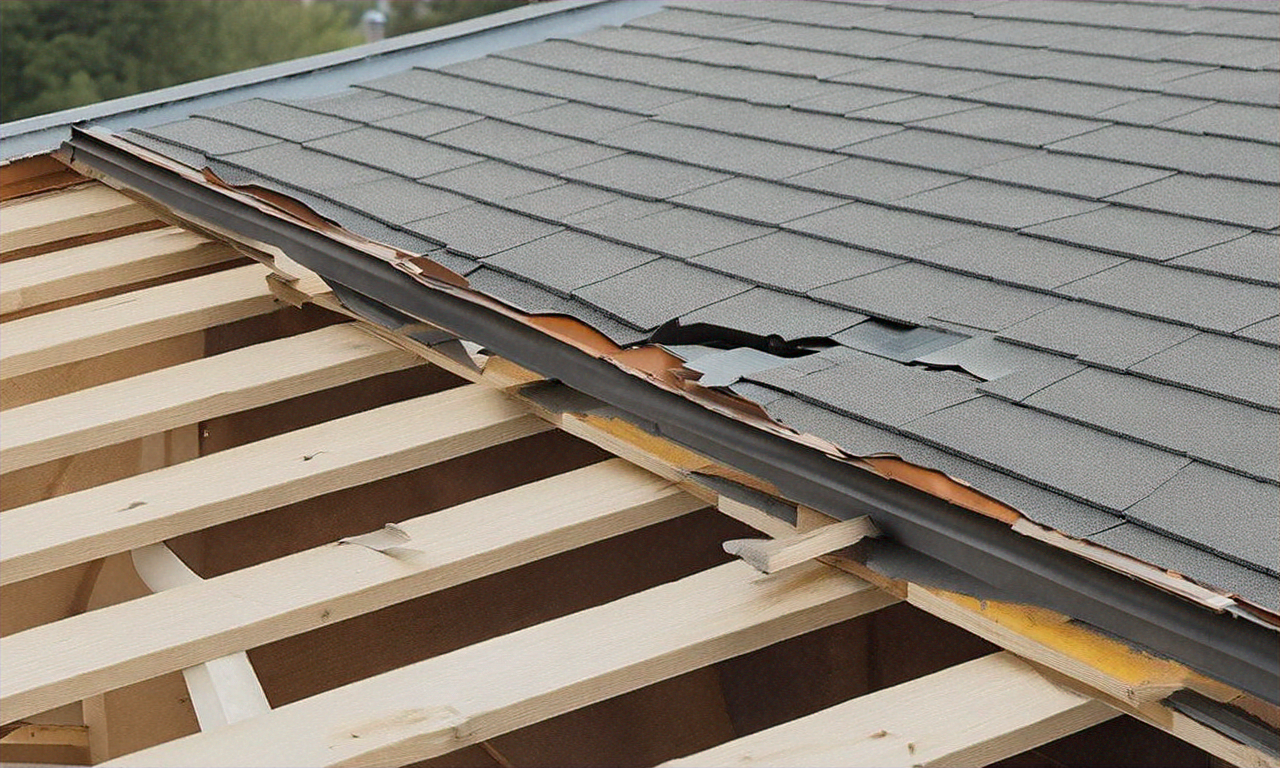The Ultimate Guide to Roofing Services: Types, Costs, and When to Hire
Your roof protects your most valuable investment—your home. Whether you're dealing with storm damage, aging materials, or planning a complete renovation, understanding roofing services is essential for making informed decisions. From choosing the right materials to knowing when professional help is needed, this comprehensive guide covers everything homeowners need to know about roofing services, including costs, materials, and timing considerations.

What are the different types of roofing materials available?
Modern roofing offers diverse material options, each with unique benefits and characteristics. Asphalt shingles remain the most popular choice in North America, offering affordability and decent durability lasting 15-30 years. Metal roofing, including steel, aluminum, and copper, provides excellent longevity of 40-70 years with superior weather resistance.
Clay and concrete tiles excel in hot climates, offering natural insulation and fire resistance while lasting 50-100 years. Wood shingles and shakes provide natural beauty but require more maintenance and may face fire restrictions in certain areas. Slate roofing represents the premium option, potentially lasting over 100 years with proper installation and minimal maintenance.
Synthetic materials like composite shingles and rubber roofing offer modern alternatives that mimic traditional materials while providing enhanced durability and lower maintenance requirements.
When should you hire roofing services?
Professional roofing services become necessary in several key situations. Storm damage requires immediate professional assessment, as hidden structural issues may not be apparent to untrained eyes. Age-related deterioration typically becomes evident after 15-20 years for most roofing materials, warranting professional inspection.
Visible signs like missing shingles, granule loss, cracked tiles, or daylight visible through the roof deck indicate urgent professional attention. Interior water stains, active leaks, or musty odors suggest moisture penetration requiring immediate expert intervention.
Energy efficiency concerns, such as dramatically increased heating or cooling costs, may indicate roofing problems affecting home insulation. Additionally, before selling a home, professional roofing inspection ensures no surprises during buyer inspections and helps maximize property value.
How do you choose the right roofing contractor?
Selecting qualified roofing professionals requires careful evaluation of credentials and experience. Licensed contractors with proper insurance protect homeowners from liability and ensure work meets local building codes. Request proof of both general liability and workers’ compensation insurance before any work begins.
Local contractors familiar with regional weather patterns and building requirements often provide better service than out-of-area companies. Check references from recent customers and examine previous work quality when possible. Established businesses with physical addresses and strong community presence typically offer more reliable service than door-to-door solicitors.
Obtain detailed written estimates from multiple contractors, comparing materials, labor, timeline, and warranty terms. Reputable contractors provide comprehensive quotes without demanding upfront payment or pressuring immediate decisions.
What factors affect roofing project timelines?
Several variables influence roofing project duration and scheduling. Roof size and complexity directly impact completion time, with simple ranch-style homes requiring 1-3 days while complex multi-story structures may need 5-10 days or more.
Weather conditions significantly affect scheduling, as most roofing work cannot proceed during rain, snow, or high winds. Spring and summer represent peak roofing seasons, potentially extending scheduling lead times by several weeks or months.
Material availability affects project timing, especially for specialty materials or during high-demand periods following major storms. Permit requirements in some areas may add days or weeks to project timelines. Structural repairs discovered during tear-off can extend timelines and increase costs beyond original estimates.
What unique roofing challenges exist in different climates?
Climate variations worldwide create distinct roofing challenges requiring specialized approaches. Tropical regions face intense UV exposure, heavy rainfall, and hurricane threats, making metal roofing and impact-resistant materials increasingly popular. Desert climates demand materials capable of withstanding extreme temperature fluctuations and intense solar radiation.
Northern climates require roofing systems capable of supporting heavy snow loads while preventing ice dam formation. Coastal areas face salt air corrosion, requiring specialized materials and protective coatings. Mountainous regions encounter unique challenges from altitude, temperature extremes, and severe weather patterns.
Many regions now emphasize sustainable roofing solutions, including solar integration, green roofing systems, and reflective materials designed to reduce urban heat island effects while improving energy efficiency.
What are the possible costs for roofing services?
Roofing costs vary significantly based on materials, labor, location, and project complexity. Understanding typical pricing helps homeowners budget appropriately and evaluate contractor estimates effectively.
| Roofing Material | Cost Range per Square Foot | Lifespan | Key Benefits |
|---|---|---|---|
| Asphalt Shingles | $3-8 | 15-30 years | Affordable, widely available |
| Metal Roofing | $8-16 | 40-70 years | Durable, energy efficient |
| Clay/Concrete Tiles | $10-20 | 50-100 years | Fire resistant, insulative |
| Wood Shingles | $8-14 | 25-40 years | Natural beauty, renewable |
| Slate | $15-30 | 75-150 years | Premium durability, aesthetics |
| Synthetic Materials | $7-15 | 30-50 years | Low maintenance, versatile |
Labor costs typically represent 40-60% of total project expenses, varying by region and contractor availability. Complex installations, structural repairs, and permit fees add additional costs. Emergency repairs command premium pricing, especially during storm seasons.
Geographic location significantly impacts pricing, with urban areas and regions experiencing contractor shortages commanding higher rates. Multiple-story homes and steep roofs increase labor costs due to safety requirements and installation difficulty.
Prices, rates, or cost estimates mentioned in this article are based on the latest available information but may change over time. Independent research is advised before making financial decisions.
Conclusion
Successful roofing projects require careful planning, quality materials, and experienced professionals. Understanding available materials, recognizing when professional help is needed, and budgeting appropriately ensures homeowners make informed decisions protecting their investment. Climate considerations, contractor selection, and realistic cost expectations contribute to successful roofing projects that provide decades of reliable protection and enhanced property value.




